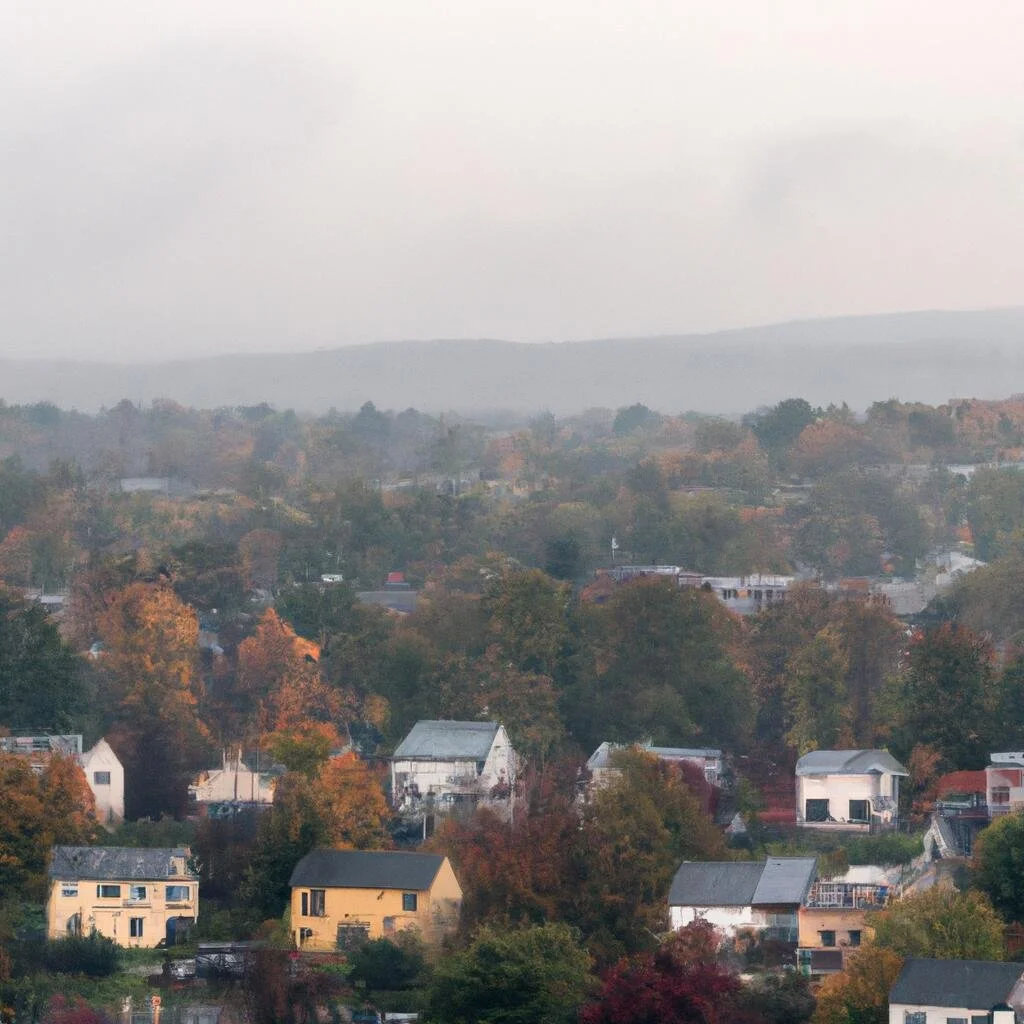Why Tree Equity Matters: Reclaiming Shade, Value, and planting trees in Our Communities
Across American cities like Schenectady, a silent and often overlooked form of environmental degradation has been taking root for decades. The removal of trees in historically Black, brown, and working-class neighborhoods has left once-shaded streets exposed to heat, neglect, and disinvestment. While tree removal may have been justified on paper through sidewalk repairs or utility upgrades, the long-term effects on residents have been deeply damaging.
The Hidden Impacts of Tree Removal
The absence of trees is more than an aesthetic issue. It is a crisis of inequality that affects health, housing, climate, and community dignity.
Soaring Temperatures
Trees naturally cool neighborhoods by providing shade and releasing moisture into the air. When trees are removed, temperatures rise. This creates the urban heat island effect which disproportionately affects neighborhoods without tree coverage. Studies show these areas can be up to ten degrees hotter than greener parts of the same city. In Schenectady, neighborhoods like Hamilton Hill, Mont Pleasant, and parts of the Eastern Avenue corridor have some of the lowest tree densities and some of the highest heat exposure.
Declining Property Values
Trees increase home values. According to the U.S. Forest Service, homes on tree-lined streets are worth between three and fifteen percent more. Tree removal takes this value away. The result is a slower rate of equity building for homeowners and a wider racial wealth gap. In neighborhoods already struggling with disinvestment and the legacy of redlining, the loss of trees compounds economic exclusion.
Mental and Physical Health Effects
The presence of trees has been linked to lower rates of anxiety, depression, asthma, and cardiovascular disease. Their removal strips communities of these protections. It also reduces opportunities for rest and recreation. Shade and beauty are essential parts of a livable and dignified urban life.
The Urgency of Tree Equity
Tree equity is the principle that all people regardless of income or race deserve access to the benefits that trees provide. These benefits include cleaner air, cooler temperatures, higher property values, and improved health. Across the country, tree canopy maps consistently show that Black, Latino, and low-income neighborhoods have fewer trees than wealthier areas.
This disparity is not accidental. It is the result of decades of policy choices, environmental racism, and unequal investment. Tree equity is not just about planting saplings. It is about restoring justice and creating long-term systems of care.
Moving Forward: Planting Justice
Schenectady has the opportunity to lead. Tree replanting programs should focus on neighborhoods with the highest need. Community members must be included in the planning process. Cities must fund not just the planting of trees but also their maintenance and care. Planting without follow-up support is not justice. It is a temporary fix.
Efforts to restore the tree canopy must be rooted in community leadership. Youth programs, job training in urban forestry, and school-based initiatives can play a role. But the push for tree equity must be driven by those who live in the affected neighborhoods.
Conclusion
Trees are not just for decoration. They are part of the infrastructure. They are tied to public health. They influence property values and community safety. In a just city, they belong to everyone.
The time for tree equity is now. Every neighborhood deserves shade, serenity, and a future shaped by dignity and care. The leaves we plant today can become the shelter that future generations grow beneath.
